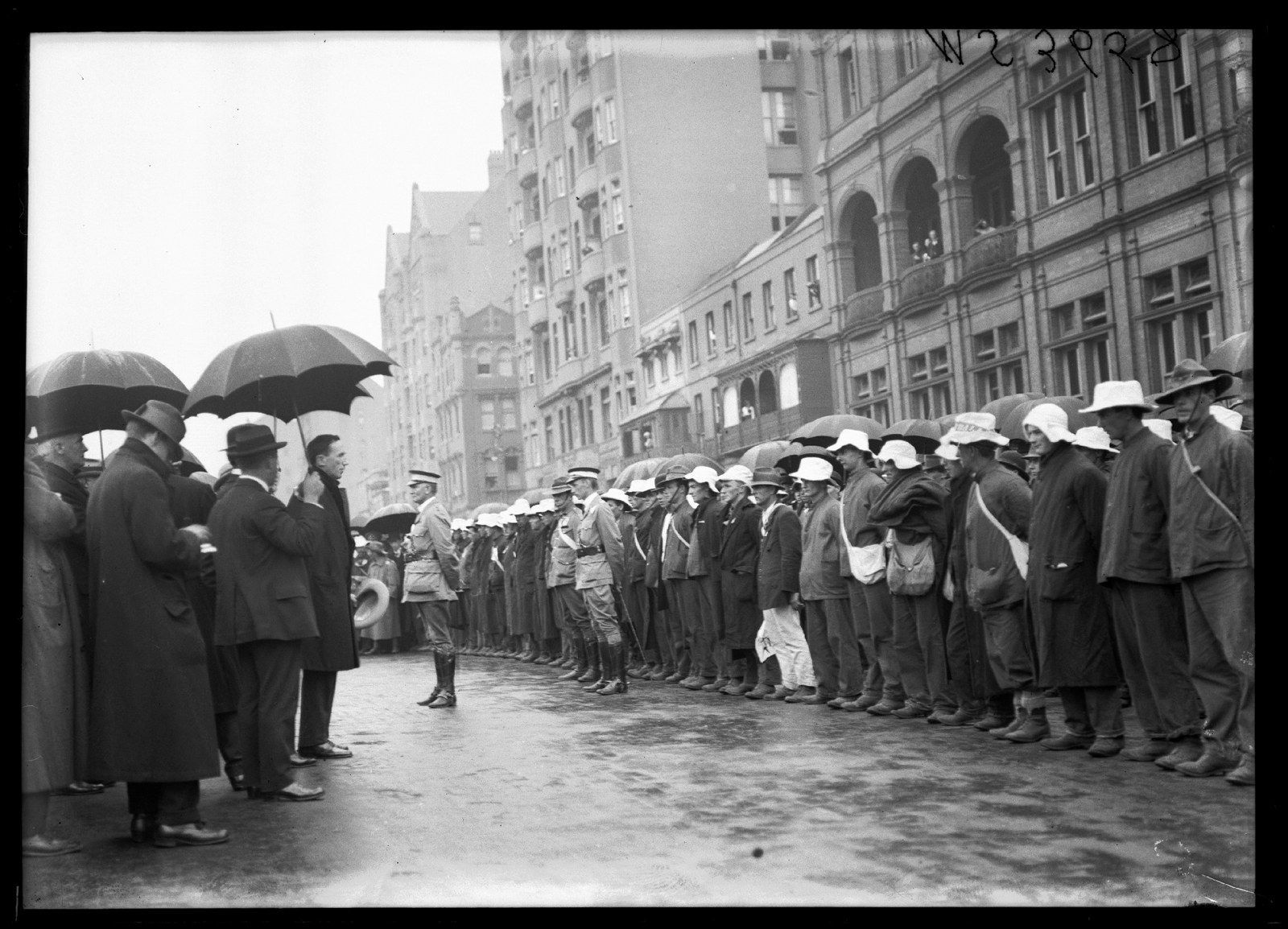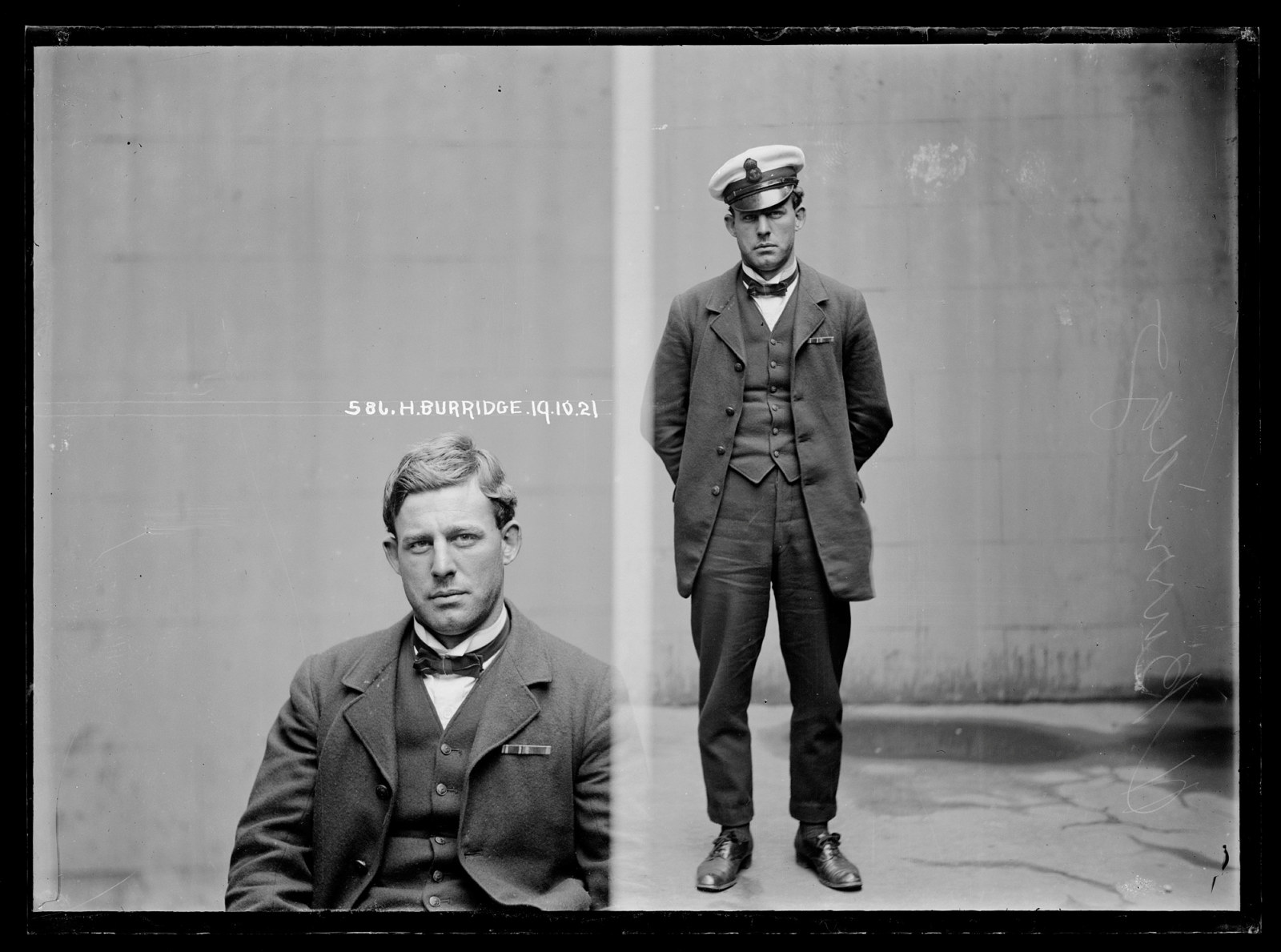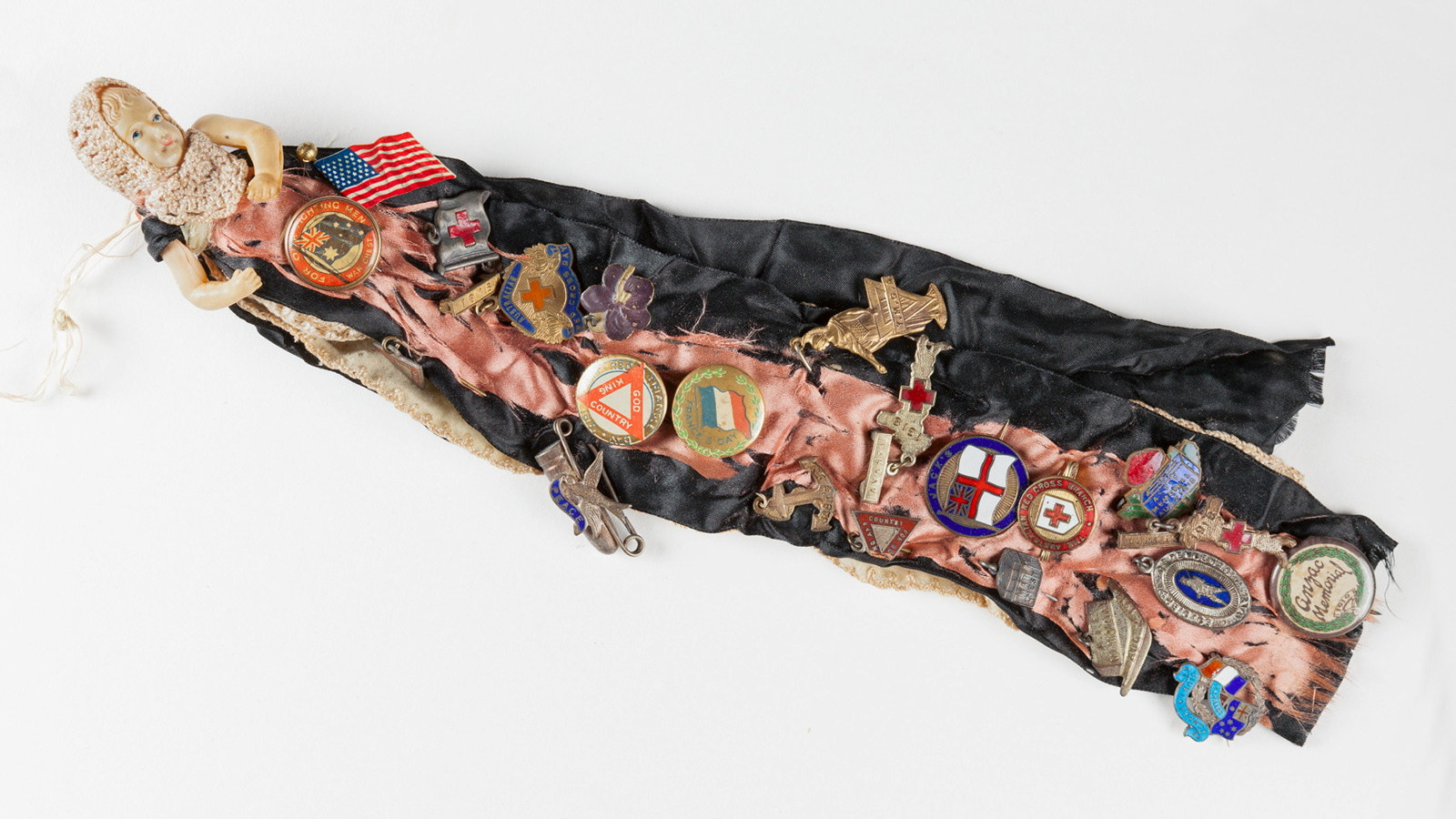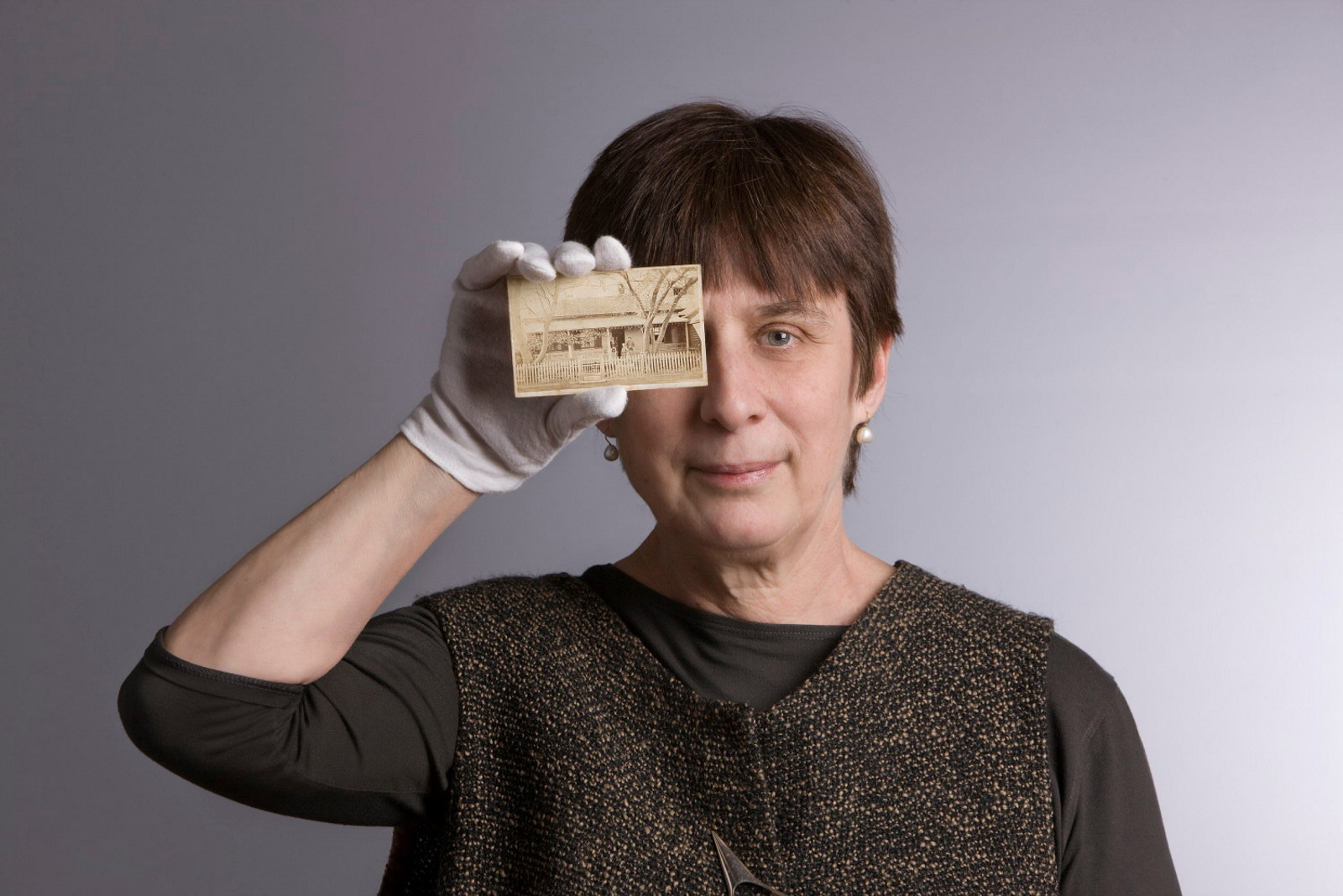Cupid camouflaged: a Red Cross silent movie
Cupid camouflaged is a lost film from the era of Australian silent movies, and was produced in 1918 as a fundraiser for the war work of the Australian Red Cross.
The actors were amateurs, all well-known figures in Sydney society. Society also provided many of the film’s locations, including Dame Eadith Walker’s mansion Yaralla at Concord, the Knox family mansion Rona at Bellevue Hill, Mr and Mrs Arthur Allen’s seaside house Moombara at Port Hacking, as well as the grand Double Bay houses Eynesbury and Gladswood. Eynesbury was the home of Sir Albert and Lady Gould, Gladswood the residence of Mr and Mrs Spencer Brunton. Mrs Eleanor Brunton was a keen charity worker and the first honorary treasurer of the NSW division of the Red Cross Society.
Although the Cupid camouflaged cast were amateurs, the director Alfred Rolfe was a professional who had been making silent films since 1911. His credits included Will they never come?, a patriotic drama produced by Australasian Films Ltd in April 1915. Australian defence authorities recognised the value of cinema as a recruitment tool and allowed Rolfe to use Australian soldiers in training at Liverpool army camp as extras in the film. Rolfe directed at least two other World War I pictures, both seen as recruiting films: The hero of the Dardanelles, which opened in July 1915, and How we beat the Emden, which first showed in December 1915. Rolfe’s cinematographer on Cupid camouflaged was Lacey Percival, who also had an earlier war picture to his credit, The martyrdom of Nurse Cavell, produced in January 1916.
The premiere for Cupid camouflaged was held at Sydney’s Theatre Royal on 31 May 1918. Percival’s photography was generally admired but the film’s storyline was slight – featuring matchmaking, mistaken identity, elopement, and true love winning through – and the reviews were at best lukewarm. The Sunday Times (2 June 1918) judged that ‘in producing this film, Mr Alfred Rolfe had much to cope with’ but ‘had made the best of a difficult job and turned out a creditable piece of celluloid amusement’. The Mirror (7 June 1918), on the other hand, found the film ‘a poor advertisement for the acting talent of the nobility of Sydney’, and The Sun (2 June 1918) declared it to be a ‘play without substance’. But all agreed that the film had succeeded in its purpose of swelling the coffers of the Red Cross, raising £1100 in ticket sales on the opening night. Everybody who was anybody in Sydney society had turned out to see themselves or their friends in the pictures.
Published on
More

On This Day
17 Dec 1915 - 'Waratah' recruitment march
On 17 December 1915 the "Waratah" recruitment march arrived in Sydney

WW1
A dubious defence
On 19 October 1921 Herbert Burridge was listed in the New South Wales Police Gazette as a deserter from HMAS Cerberus

WW1
A patriotic fundraising memento
This tiny celluloid doll, just 10 centimetres in height and clothed in panels of ribbon, is showing her age
